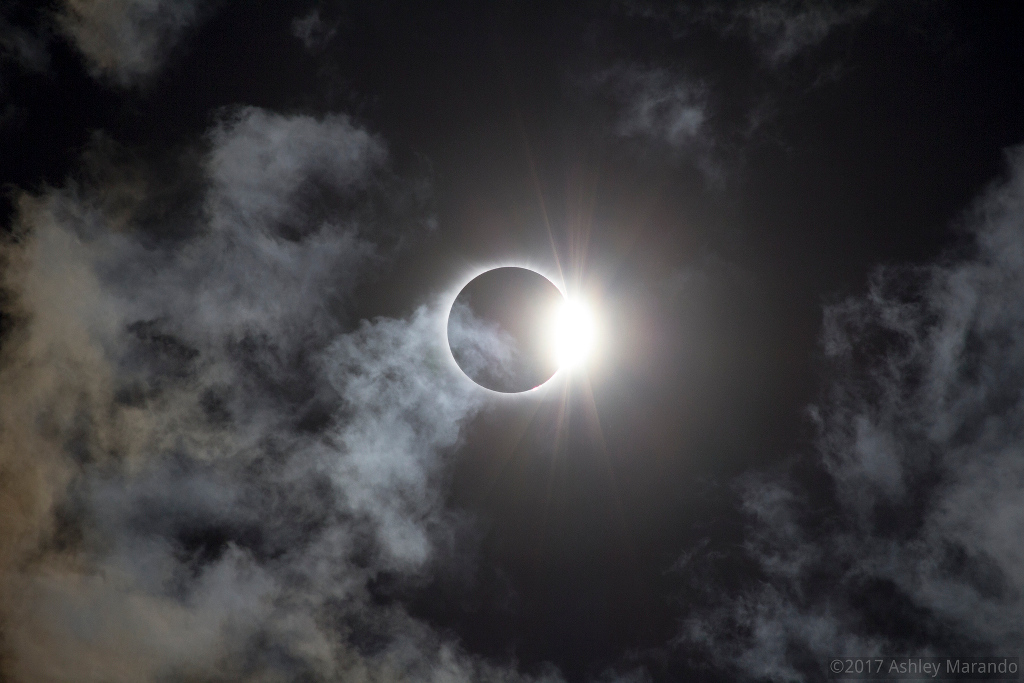Each atomic layer thin, tear-resistant, and stable. Graphene is seen as the material of the future. It is ideal for e.g. producing ultra-light electronics or highly stable mechanical components. But the wafer-thin carbon layers are difficult to produce. Scientists have manufactured self-supporting graphene membranes, and at the same time systematically investigated and optimized the growth of the graphene crystals.
via Science Daily
